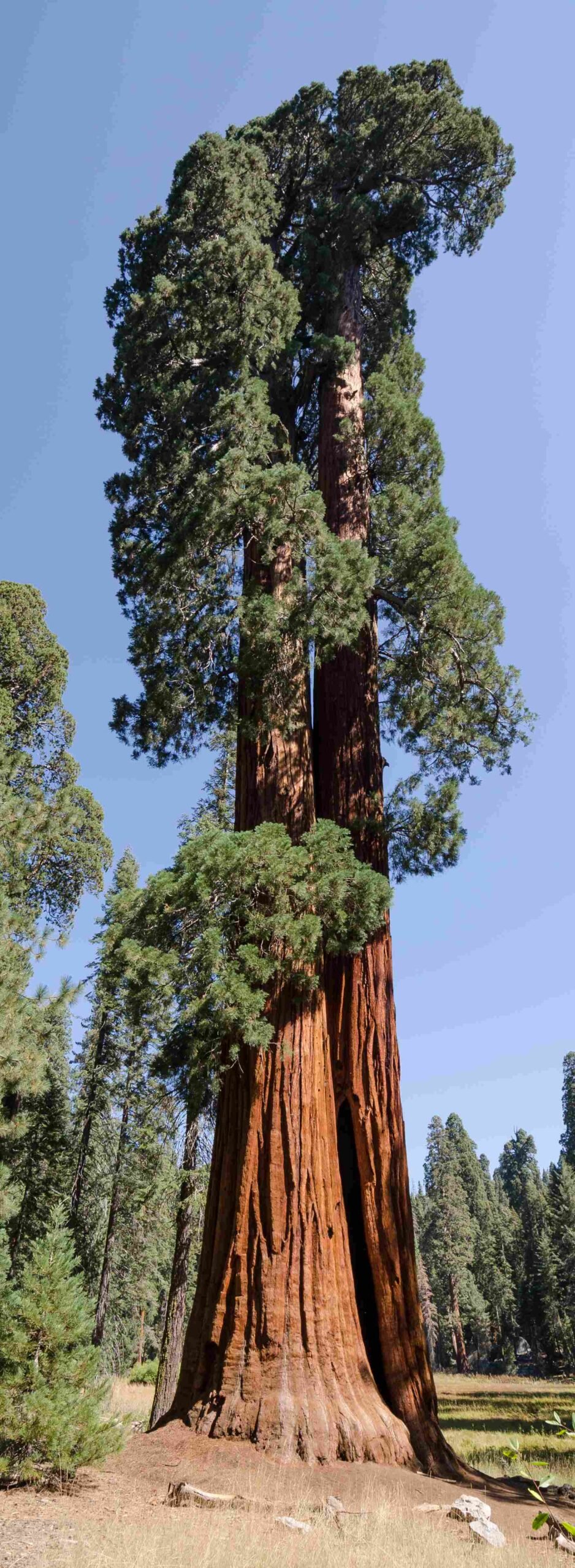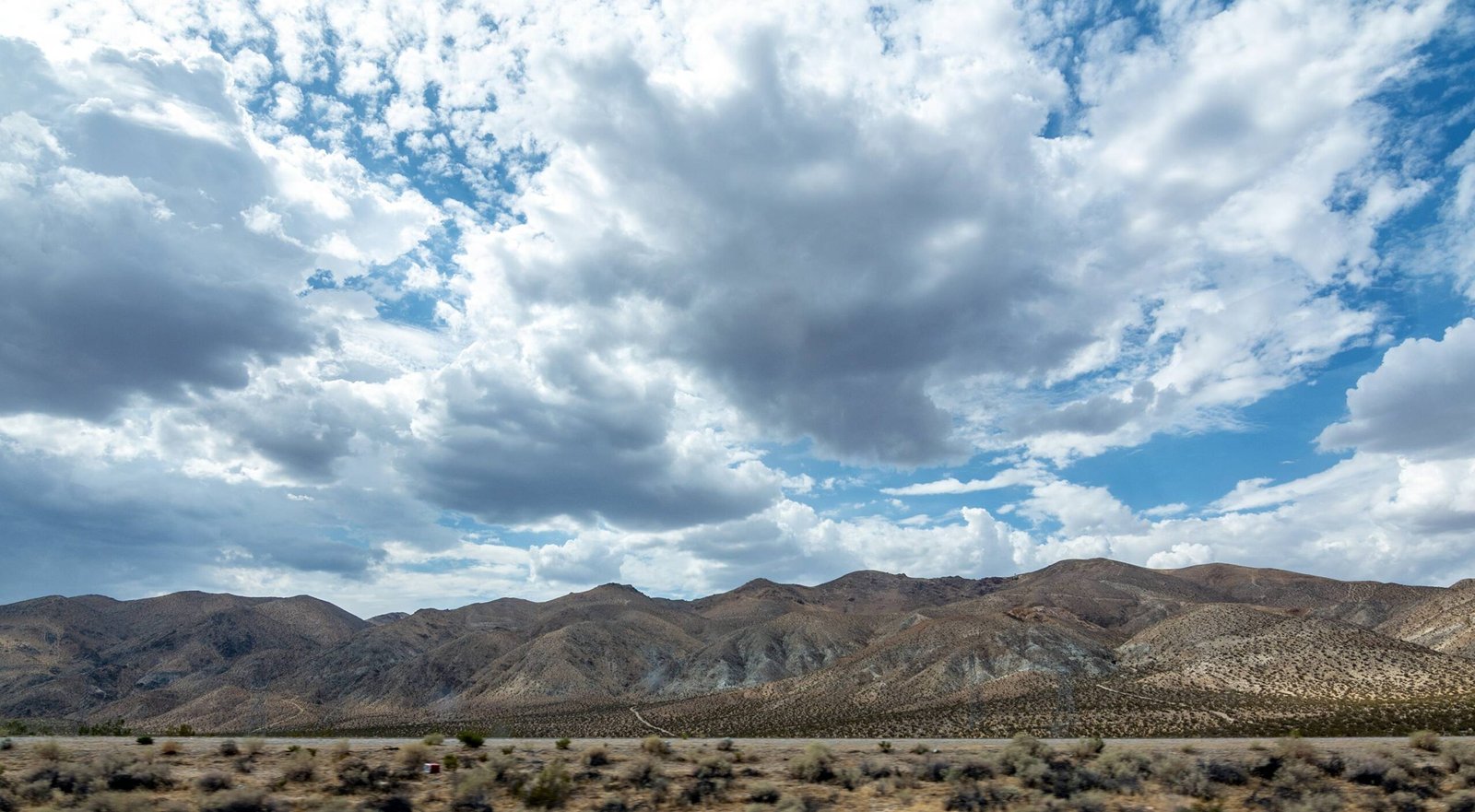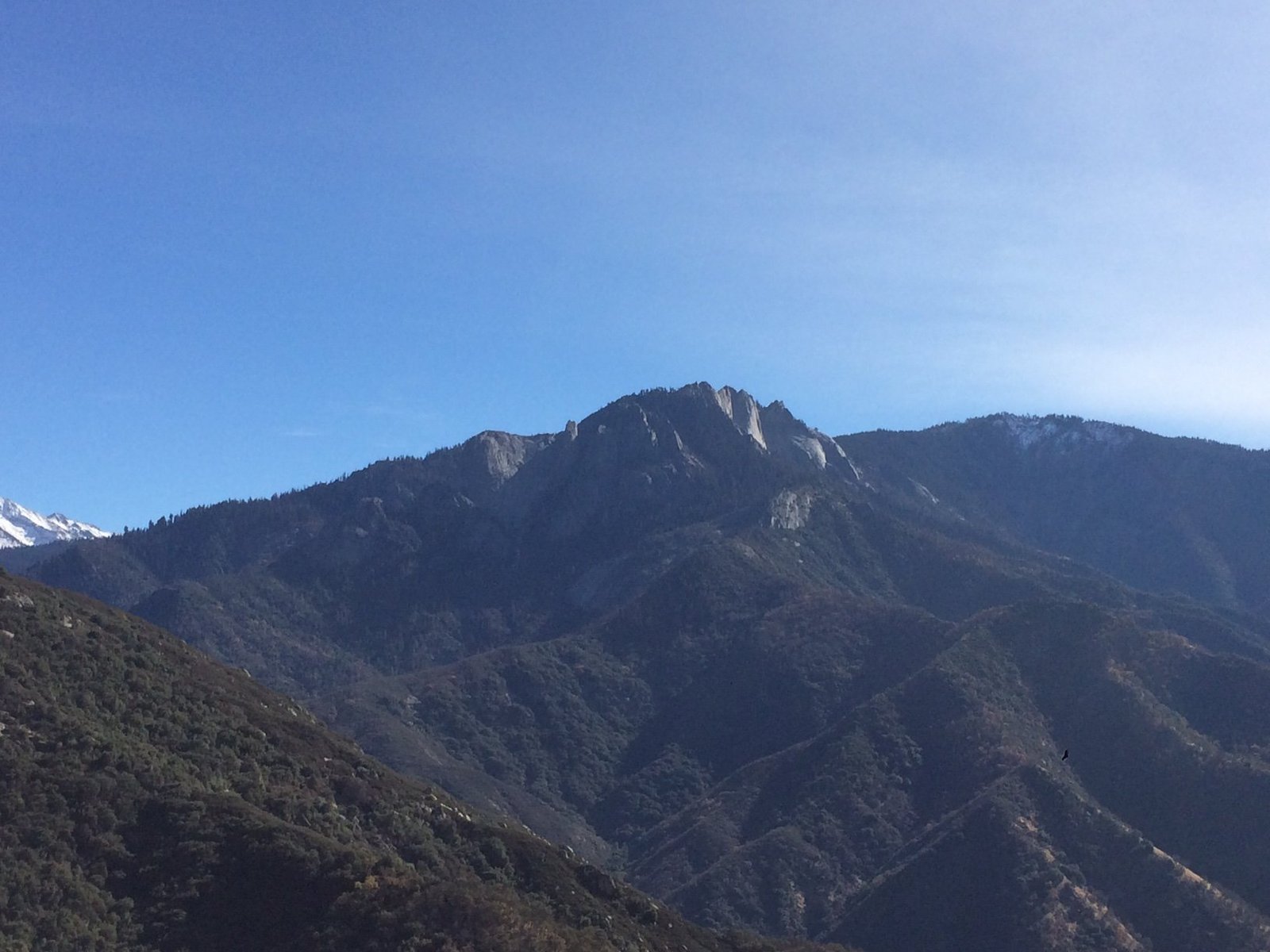Sequoia National Park winter trek offers a unique and breathtaking experience for outdoor enthusiasts. The park transforms into a winter wonderland, with snow-covered giant sequoias and pristine landscapes. Visitors can enjoy activities such as snowshoeing, winter hiking, and camping amidst the serene beauty of the Sierra Nevada mountains. This guide provides essential information on trails, weather conditions, and safety tips for a memorable winter adventure in Sequoia National Park.
What Are the Best Trails for a Sequoia National Park Winter Trek?

Sequoia National Park offers several trails suitable for winter trekking, each providing a unique experience of the park’s winter landscape:
- Congress Trail
- Distance: 2 miles (loop)
- Elevation Gain: Minimal
- Difficulty: Easy to Moderate
-
Features: Paved trail passing notable sequoia groves
-
Big Trees Trail
- Distance: 1.2-1.3 miles (loop)
- Elevation Gain: Minimal
- Difficulty: Easy
-
Features: Flat boardwalk ideal for all ability levels
-
Tunnel Log & Crescent Meadow
- Distance: Approximately 1.6 miles to Tunnel Log from the museum parking lot
- Elevation Gain: Minimal
- Difficulty: Easy to Moderate
-
Features: Unique views of sequoia trees
-
Alta Trail & Hazlewood Trail
- Distance: Varies
- Elevation Gain: Moderate to Challenging
- Difficulty: Moderate to Challenging
-
Features: Suitable for snowshoeing, backcountry experience
-
General Sherman Tree Trail
- Distance: 0.5 miles (round trip)
- Elevation Gain: Minimal
- Difficulty: Easy
- Features: Leads to the world’s largest tree
What Weather Conditions Can You Expect During a Sequoia National Park Winter Trek?

Understanding the weather conditions is crucial for a safe and enjoyable Sequoia National Park winter trek:
- Temperatures:
- Daytime: Slightly above freezing
-
Nighttime: Well below freezing
-
Snowfall:
- Average of 37 inches from November to March
-
Conditions vary significantly across the park
-
Seasonal Weather Advisories:
- Hazardous driving conditions due to icy and snowy roads
- Tire chains or socks often required
- Possible road closures due to snow
How Can You Prepare for Snowshoeing in Sequoia National Park?
Snowshoeing is a popular winter activity in Sequoia National Park. Here’s what you need to know:
Guided Snowshoe Tours
- Available from John Muir Lodge and Wuksachi Lodge every Saturday and Sunday
- Led by park rangers and naturalists
- Free, but snowshoe rentals may be required
Recommended Trails for Snowshoeing
- Alta Trail & Hazlewood Trail
- Many summer hiking trails become suitable for snowshoeing in winter
Gear and Permits
- Snowshoes can be rented at Grant Grove and Lodgepole markets
- No specific permits required for snowshoeing
What Are the Essential Winter Camping Tips for Sequoia National Park?
For those planning to camp during their Sequoia National Park winter trek, consider the following tips:
Campsite Locations
- Azalea Campground in the Grant Grove area is open during winter
- 20 first-come, first-served sites available
Winter Gear Recommendations
- Warm clothing
- Insulated sleeping bags
- Cold and snow-suitable gear
- Vehicle equipped for winter driving (tire chains or socks)
Fire Regulations
- Follow park regulations regarding campfires
- Fully extinguish campfires before leaving them unattended
Safety Protocols
- Be prepared for extreme cold and potential isolation
- Bring necessary safety gear (first aid kits, emergency communication devices)
- Regularly check weather forecasts and trail conditions
What Are the Must-Know Safety Tips for a Sequoia National Park Winter Trek?
Ensuring safety during your Sequoia National Park winter trek is paramount. Here are some essential tips:
-
Check Weather and Trail Conditions: Always check the latest weather forecasts and trail conditions before setting out.
-
Proper Gear: Wear appropriate winter clothing and footwear. Bring extra layers, gloves, and a hat.
-
Navigation Tools: Carry a map and compass, and know how to use them. GPS devices can be unreliable in remote areas.
-
Emergency Kit: Pack a first aid kit, emergency shelter, and extra food and water.
-
Inform Others: Let someone know your planned route and expected return time.
-
Stay on Marked Trails: Avoid venturing off designated trails, especially in snowy conditions.
-
Be Avalanche Aware: If hiking in avalanche-prone areas, carry proper equipment and know how to use it.
-
Wildlife Awareness: Keep a safe distance from wildlife, which may be more active in winter.
-
Hydration: Despite the cold, stay hydrated. Dehydration can occur quickly in winter conditions.
-
Sun Protection: Use sunscreen and wear sunglasses. Snow reflection can cause severe sunburn and snow blindness.
By following these safety tips, you can ensure a safer and more enjoyable Sequoia National Park winter trek experience.
What Unique Experiences Can You Expect on a Sequoia National Park Winter Trek?
A Sequoia National Park winter trek offers several unique experiences:
-
Snow-Covered Giant Sequoias: Witness the majestic sequoias draped in snow, creating a magical winter landscape.
-
Solitude and Tranquility: Experience the park with fewer crowds, offering a more peaceful and intimate connection with nature.
-
Wildlife Sightings: Spot winter-active animals like mule deer, bobcats, and various bird species against the snowy backdrop.
-
Stargazing: Clear winter nights provide excellent opportunities for stargazing in the park’s dark skies.
-
Winter Photography: Capture stunning images of snow-covered landscapes and frost-tipped sequoias.
-
Snowshoeing Adventures: Explore the park’s trails in a unique way, experiencing the serene beauty of a snow-covered forest.
-
Crisp Mountain Air: Enjoy the invigorating feel of clean, crisp mountain air during your winter trek.
-
Frozen Waterfalls: Discover the beauty of frozen waterfalls throughout the park.
-
Winter Ecology: Observe and learn about the park’s winter ecology and how plants and animals adapt to the cold season.
-
Cozy Evenings: End your trek with cozy evenings by the fireplace in park lodges or your winter campsite.
These experiences make a Sequoia National Park winter trek a truly unforgettable adventure, offering a different perspective of the park’s natural beauty and ecosystem.

